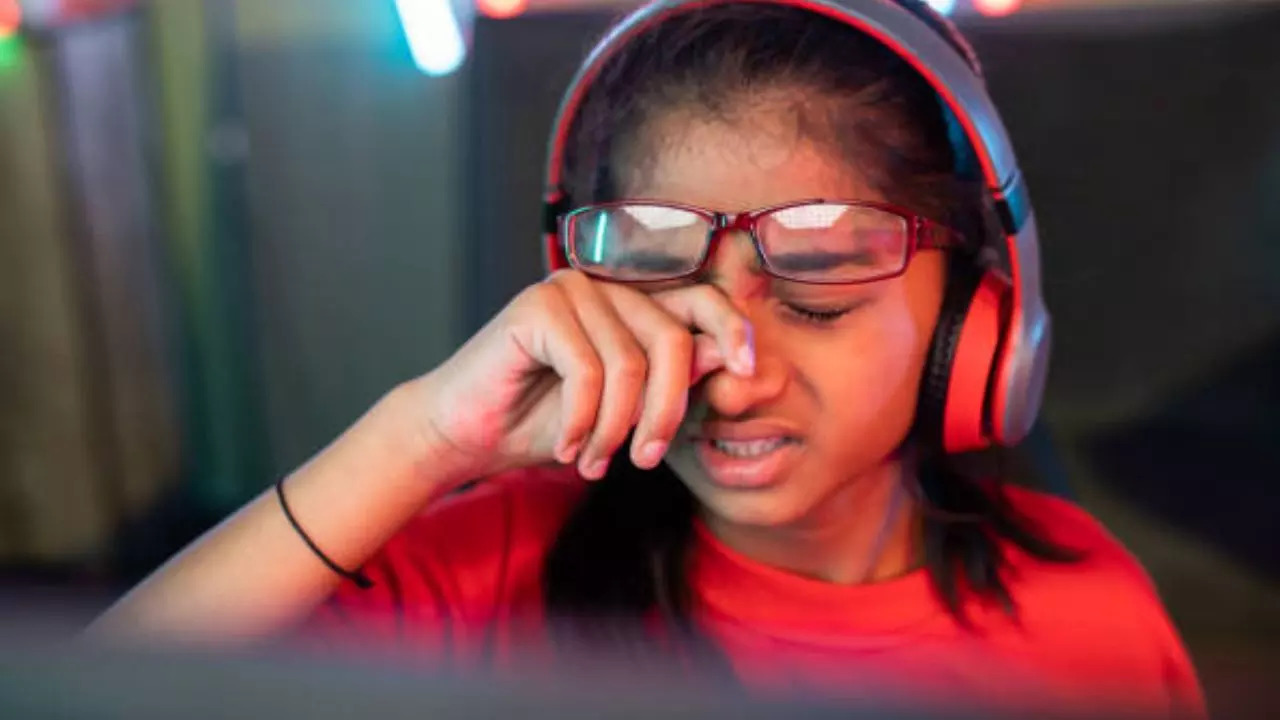A significant number of children today suffer from various vision problems, and while excessive screen time is a major contributor, other underlying factors such as malnutrition and consanguineous marriages also play a crucial role in impairing children’s vision. A study conducted in South India revealed that 28.8 per cent of patients with a history of consanguinity had ocular genetic disorders.
The researchers suggested that genetic counselling could be a preventive measure to reduce the incidence of such disorders. Common Vision Problems in Children Children can experience a range of vision problems, including myopia (difficulty seeing distant objects), astigmatism (distorted vision due to an irregularly shaped cornea), or anisometropia (unequal prescriptions in both eyes). One of the most common conditions, amblyopia, or lazy eye, if left untreated, can lead to significantly reduced vision in one eye.
Another condition, strabismus, or crossed eyes, can cause the brain to ignore input from one eye, resulting in impaired vision over time. Other conditions affecting children’s vision include blocked tear ducts and nystagmus, a condition that occurs due to involuntary eye movement that can severely impact vision. How to Recognise Warning Signs Recognising early signs of vision problems is key to getting children the treatment they need.
Depending on the age of the child, these warning signs can manifest in different ways. Infants (Up to 1 Year): According to experts, by th.


















